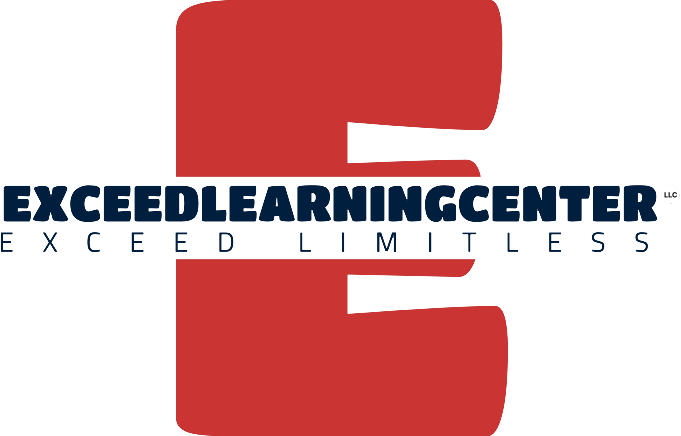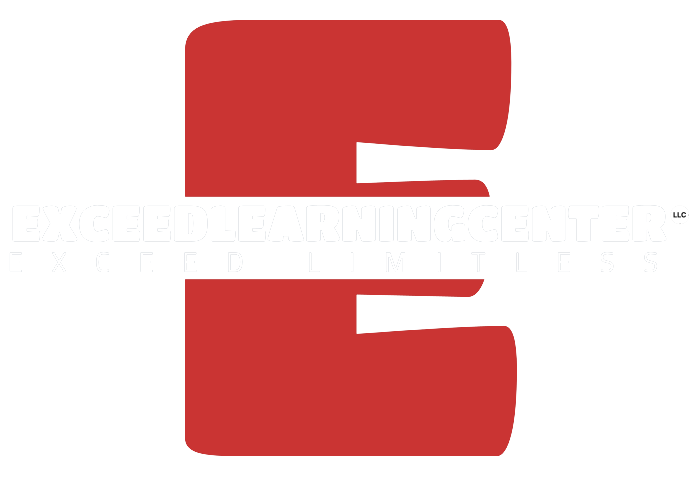SAT Prep Courses
At Exceed Learning, we offer top-notch SAT prep courses designed to help you achieve your highest potential. Our expert instructors provide personalized attention, ensuring that every student can overcome their unique challenges and excel in their SAT prep. With a proven track record of success, Exceed Learning stands out as the best SAT prep choice for students aiming for top scores and prestigious college admissions. Join our SAT prep classes and experience the difference that comprehensive SAT test prep can make in your academic journey.
$2499 Per Course
Course Information
Course level: 10th - 12th Grade Students
Instructor: Olga Binyaminov
Duration: Summer 6hrs / 8wks
Winter 4hrs / 12wks
Assessments: 3 Full Practice Exams
SHARE THIS POST:
Our Courses
Contact Details
Phone Number: +1 (718) 683-1750
Location: Albertson NY 11507
Email Address: exceedLearningcenterny@gmail.com
Elevate Your SAT Prep with Exceed Learning
Are you searching for the best SAT prep course near you? Exceed Learning offers a range of SAT prep courses tailored to fit your needs, whether you prefer in-person classes or online SAT prep.
Our expert tutors are dedicated to helping you understand how to prepare for the SAT exam with comprehensive strategies and effective study techniques. We provide a supportive environment where you can ask questions, receive personalized feedback, and develop a study plan that works for you.
What'S the best way to prepare for the SAT?
The best way to prepare for the SAT involves a combination of consistent practice, hard work, and enrolling in SAT prep classes with Exceed Learning.
Our SAT prep classes provide structured learning, SAT practice tests, and expert guidance, making your preparation more effective and efficient. We focus on building your strengths and addressing your weaknesses, ensuring you are fully prepared on test day.


How Long Does It Take to Prepare for the SAT?
Studying for the SAT in a month is possible, though it's recommended that you spend 10 to 20 hours per week over the course of two or three months.
At Exceed Learning, we offer an 8-week SAT prep course that includes 6 hours of instruction weekly. This structured timeline allows you to absorb the material, practice regularly with SAT practice tests, and improve your skills steadily. Starting early with SAT prep and maintaining a consistent study schedule can significantly boost your confidence and performance.
What Grade Should You Start SAT Prep?
We suggest starting SAT prep as early as eighth grade. While it might seem early, beginning SAT preparation in eighth grade allows students to take a relaxed, long-view approach to their SAT prep classes.
By starting early, students can plan to take their first SAT in their sophomore year, giving them plenty of time to improve their scores over multiple attempts. Early SAT prep courses ensure that students are well-prepared and confident for the SAT test.

Start Your SAT PREP Journey Today
Don't wait to start your SAT test prep. Contact Exceed Learning today to learn more about our SAT prep classes and how we can help you prepare for the SAT exam. With our personalized approach, you can feel confident and ready to achieve your academic goals. Join the many students who have successfully completed SAT prep courses with Exceed Learning and set yourself up for success.
Our supportive and experienced instructors are here to guide you every step of the way, ensuring you have all the tools and strategies needed to excel. Begin your journey to higher SAT scores and a brighter academic future with
Exceed Learning.
RESOURCES:
Unlocking Academic Success With Effective Study Habits
Our YouTube channel, @ExceedLearningCenterNY, offers a wealth of valuable video resources, trusted by countless parents and students.
98%
Student Success Rate
18
Years of Experience
1K+
Satisfied Parents & Students
100%
Holistic Approach
OUR DIFFERENCE
Why Choose Exceed Learning Center For SAT Prep COURSES
Choose Exceed Learning Academy for a transformative educational experience with SAT Prep. With seasoned educators, holistic development, state-of-the-art facilities, proven excellence since 2006, and dynamic SAT Prep Courses tailored for students, we ensure an engaging, personalized, and successful learning journey.
Experienced Educators
Adult Learning Workshops
Diverse Course Offerings
REVIEWS/TESTIMONIALS:
Read what parents are Saying About Us
We’re trusted by more then 1000+ satisfied & happy parents & students.
By far this women has done a lot for our community. Great work and all of her students come out knowing double. This is a great facility where Olga makes sure each and every customer gets his own way of learning. And each student that comes they do exceed. Great work & my kids friends and family will always recommend.


Barbara P.
Parent Review
Olga is a very loving, supportive & highly intelligent person. These qualities are what makes her such a great educator. My son loved going to her classes especially, her Abacus class. She helped develop a love for math & more importantly a self confident young adult. I have referred several people to her & all have been highly satisfied.


Leora L.
Parent Review
Olga is a amazing tutor. She is patient, wise Dependable and devoted. I’m grateful to have found her. My other friend who was very happy with her Referred her to me and I’m so happy she did. She helped us with college process and was very knowledgeable. She is very helpful for revising essays etc. Would recommend her anyone!


Claudine A.
Student Review
SAT PREP FREQUENTLY ASKED QUESTIONS
What makes Exceed Learning's SAT Prep Courses Unique?
Exceed Learning's SAT prep courses stand out due to our personalized attention, expert instructors, and proven track record of success. We offer both private and group SAT Prep classes, comprehensive study materials, and a flexible self-paced course option, all designed to help students achieve their highest potential.
How do Exceed Learning's SAT Prep Courses support college readiness?
Our SAT prep courses not only focus on improving SAT scores but also provide holistic college readiness. This includes college counseling support, test score interpretation, and guidance on building a strong college application. We aim to instill critical thinking skills and academic confidence needed for college success.
What types of SAT Prep courses are available at Exceed Learning?
Exceed Learning offers a range of SAT prep courses, including private one-on-one instruction, collaborative group sessions, and a self-paced course option. All SAT prep courses come with comprehensive study materials and access to an interactive web platform for practice and progress tracking.
How flexible are the scheduling options for SAT Prep classes at Exceed Learning?
Our SAT prep classes are designed to accommodate busy student schedules. We offer flexible scheduling options, including evening and weekend classes, to ensure students can balance their SAT prep with other commitments without compromising the intensity of their preparation.
What study materials and resources are included in Exceed Learning's SAT Prep courses?
Exceed Learning provides all necessary study materials for effective SAT prep, covering every section of the exam. Additionally, students have access to an interactive web platform featuring practice questions, mock tests, and exercises, along with regular homework assignments to reinforce learning and build exam familiarity.

OUR BLOG















